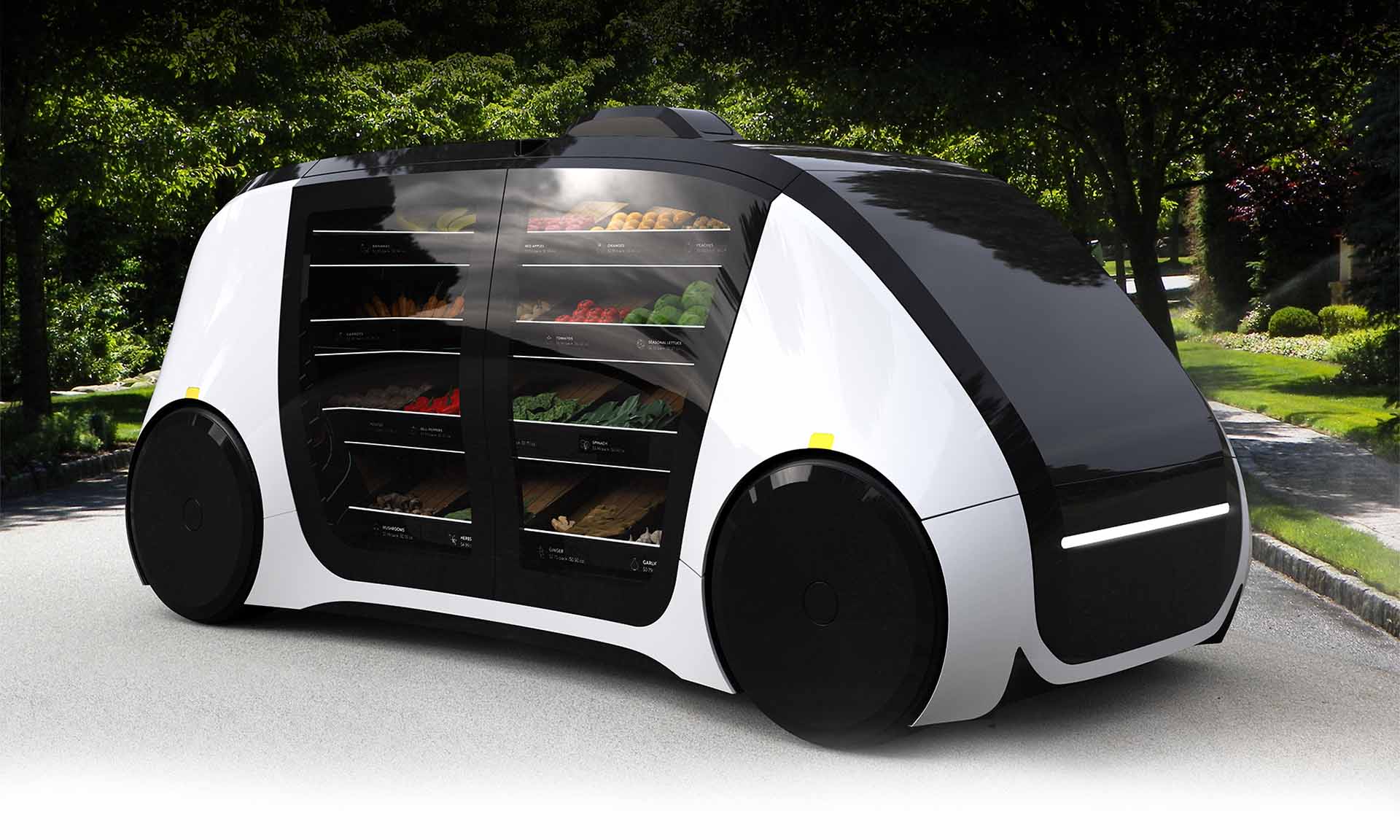Phonesaver
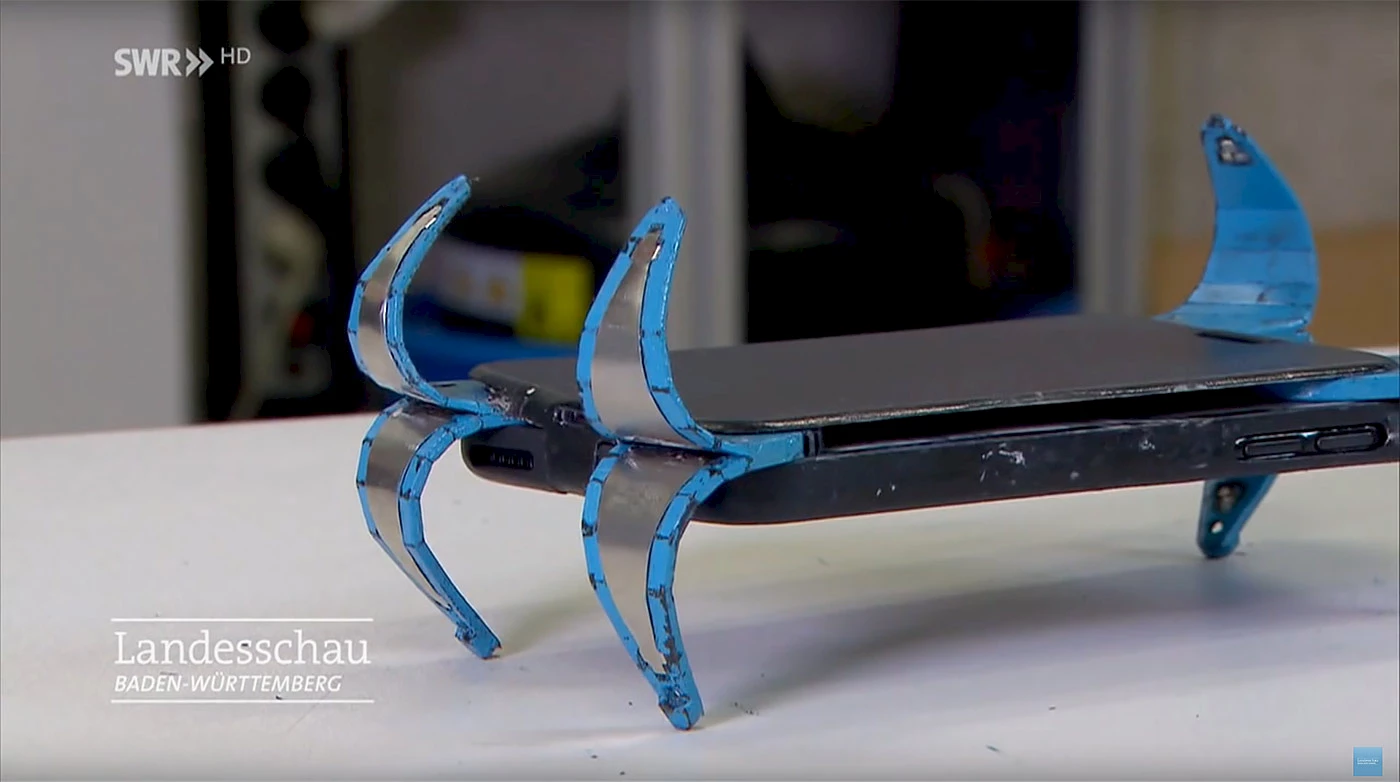
© SWR, Landesschau Baden-Württemberg.
After breaking his phone, Philip Frenzel, a 25-year-old student of mechatronics engineering at the University of Aalen, in Germany, invented a “mobile airbag” that automatically deploys when you drop your phone, protecting it from damage. Frenzel wanted a better system than protective cases, which are big and bulky and don’t always work, depending on the angle of impact. Frenzel’s system is more compact and technologically advanced: four claw-like springs unfold from the corners of a slim phone case when sensors detect a free fall, keeping the device itself from hitting the ground as well as dampening the impact. The dampers can be reset after a fall by simply pushing them back in the case. The German Mechatronics Society was so impressed by Frenzel’s invention that it awarded him its national mechatronics prize for 2018. Frenzel has taken out a patent to protect his creation, hoping to commercialize it through a Kickstarter crowdfunding campaign. Of course, we hope that the system will not accidentally deploy in our pocket!
⇨ PetaPixel, “Student invents a ‘mobile airbag’ that deploys when a device is dropped.”
DRAGON aerial robot
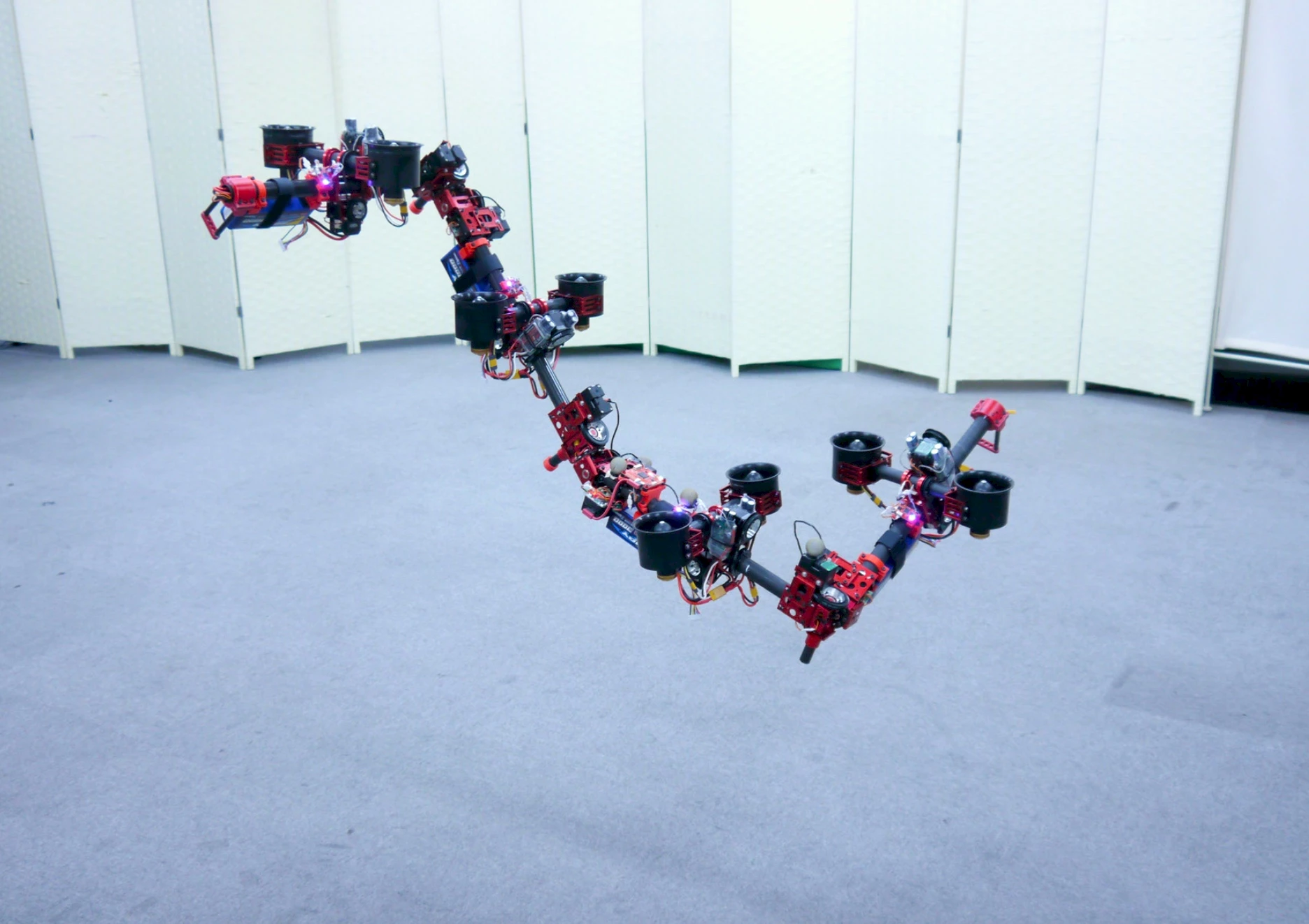
DRAGON robot. © JSK Lab/Université de Tokyo.
At the University of Tokyo’s JSK Lab, roboticists have developed a robot called DRAGON. This flying, modular robot can literally transform on the fly, for example stretching out from a square to a snake to pass through a narrow opening, then changing shapes again on the other side. The modules, which are connected together by a hinged joint, are all equipped with ducted fan thrusters that can be rotated to propel the machine in any direction. The robot is driven by an Intel Euclid, supported by an Inertial measurement unit (IMU), and the battery provides 3 minutes of flight time. The prototype in the video is made up of four modules. But the neatest thing about DRAGON is that it is capable to decide for itself what shape to take given its space constraints.
⇨ IEEE Spectrum, “Flying dragon robot transforms itself to squeeze through gaps.”
All-in-one desk
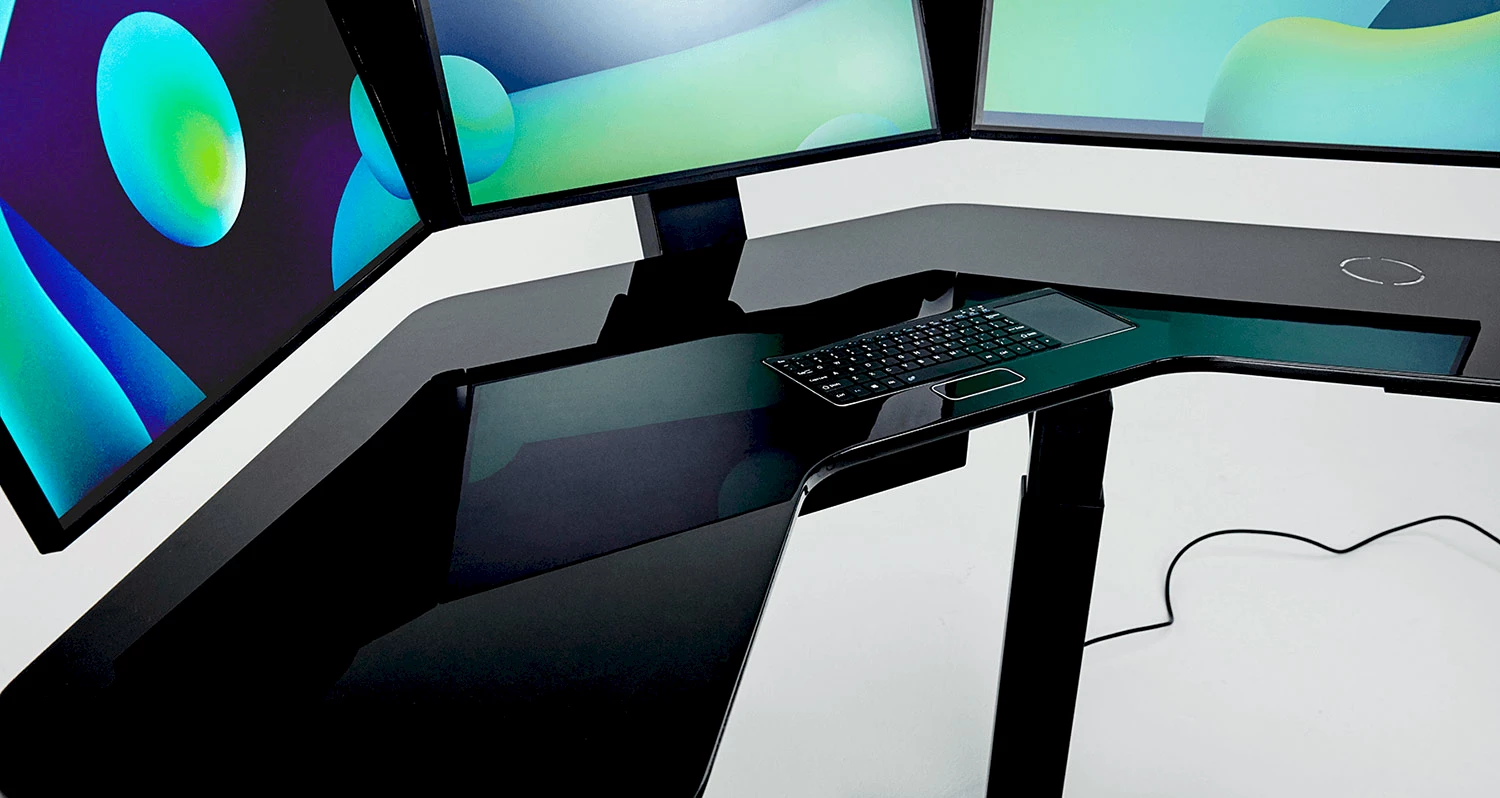
SmartDesk. © Cemtrex.
Cemtrex has taken the idea of an all-in-one office desk to a whole new level. Its sleek SmartDesk features three 24-inch IPS touchscreen displays, a proprietary gesture recognition system which allows you to turn pages with a wave of the hand, a Windows Intel Core i7 PC, and a built-in keyboard and trackpad. The desk’s surface is also a scanner, allowing you to lay documents right on the desk to scan them with click. Also built into the surface is a wireless phone charger and a sliding drawer housing wireless earbuds to make calls and send SMS texts without touching a phone. Finally, the SmartDesk is vertically adjustable so you can work sitting or standing. We love everything about it, except maybe that it only comes with Windows and costs US$4,000.
⇨ Circuit Breaker, “This all-in-one smart desk has three screens and a built-in scanner.”
Home grocery store
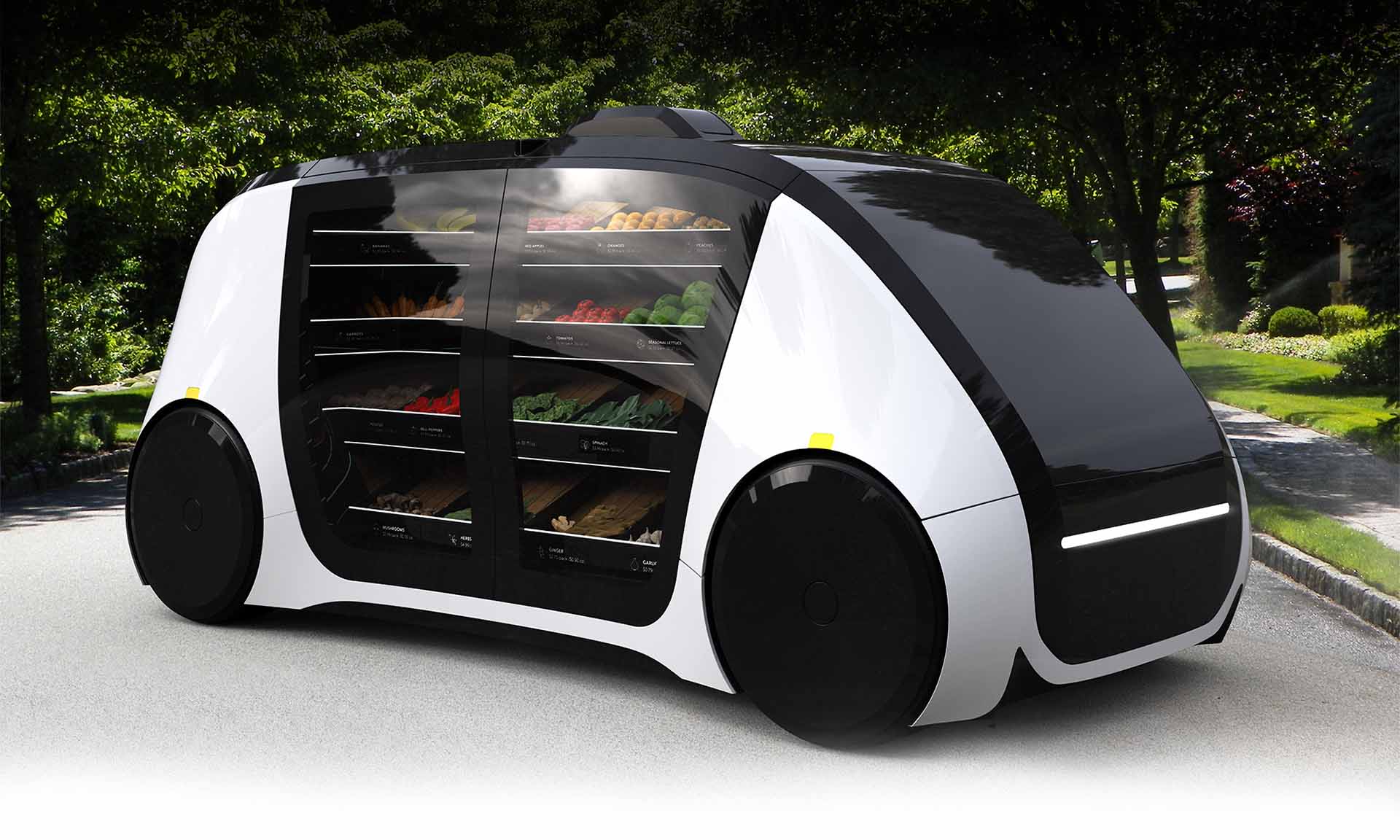
© Robomart.
Several companies, like Nuro, are working on autonomous delivery vehicles. But Robomart is turning the idea on its head by bringing the entire grocery store to your doorstep. In the promo video, the autonomous vehicle is equipped with shelves stocking fresh produce, but other types of products could easily be swapped out. With a press of a button on the dedicated app, consumers can summon the nearest Robomart, which travels to their home at a top speed of 40 km/h, or 25 mi/h. Then, the consumer can simply unlock the doors, pick the items they want, and close them again for the Robomart to trundle on to the next shopper. The mobile app keeps track of what items were picked, and bills the customer electronically. Ars Technica’s writer comments on how the rise of autonomous vehicle technology creates space for experimentation with new business models. Regardless of whether this one will work, it is in any case fascinating.
⇨ Ars Technica, “Forget deliveries — this firm wants to bring a grocery store to your driveway.”
Wi-Fi security upgrade
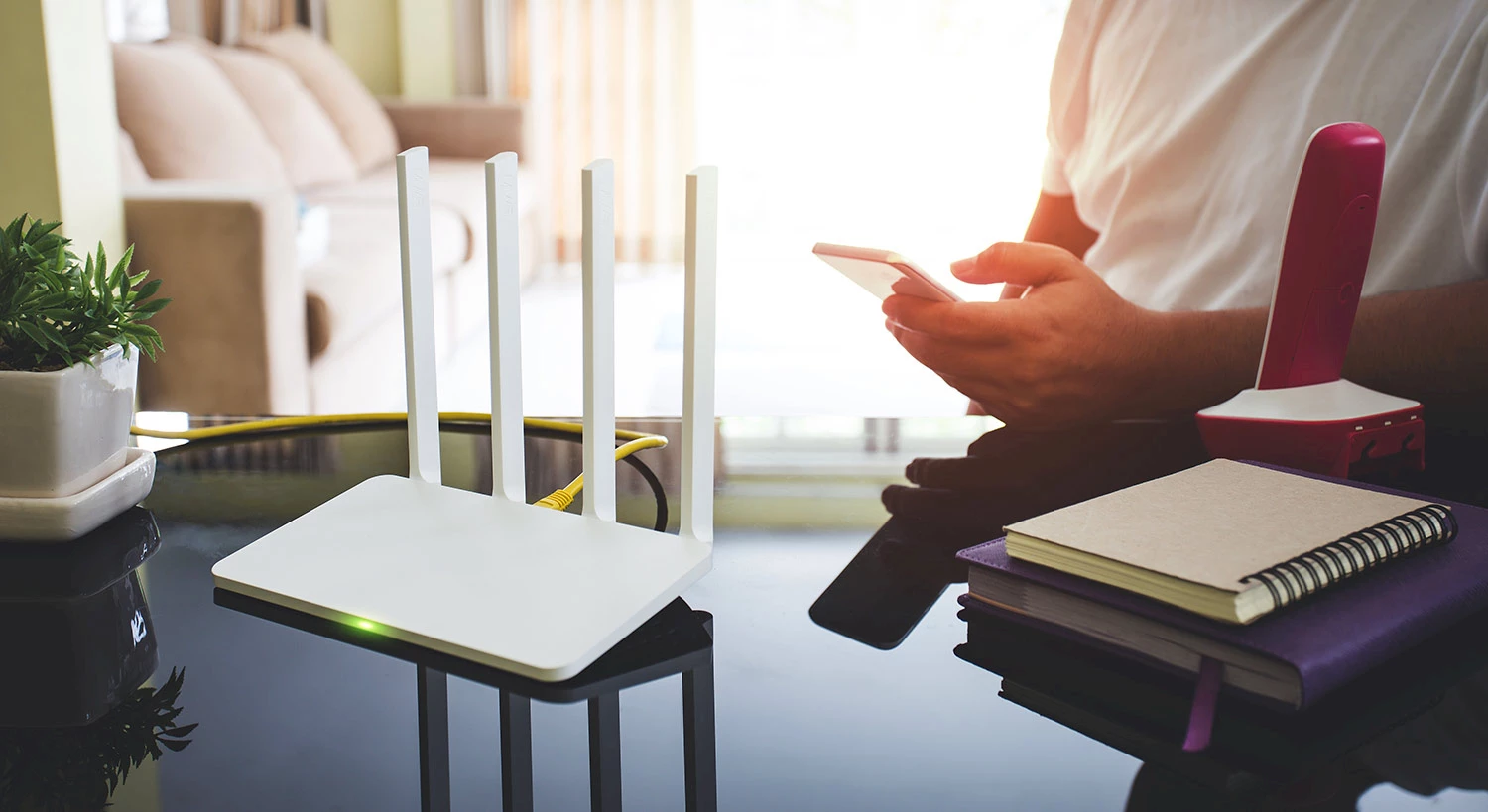
© iStock.
Wi-Fi devices have been using the same security protocol for over a decade. But today, that’s about to change: the Wi-Fi Alliance, which oversees the adoption of the Wi-Fi standard, will start certifying products that support WPA3, the successor to the WPA2 security protocol in use since 2004. One of WPA3’s innovations is that it protects you against offline attacks, i.e. when a hacker captures data from your Wi-Fi stream, loads it on their own computer and makes multiple guesses at your password until they get it (dictionary attack). With WPA3, hackers will only be able to take one guess offline before the data becomes useless; after that, they’ll have to interact directly with your Wi-Fi device, which means that they’ll have to be physically present. Of course, it won’t be as easy as buying a WPA3 router to enjoy all of the new layers of security; all your gadgets will also have to support it, otherwise the connection is only at the WPA2 level.
⇨ Circuit Breaker, “Wi-Fi security is starting to get its biggest upgrade in over a decade.”
